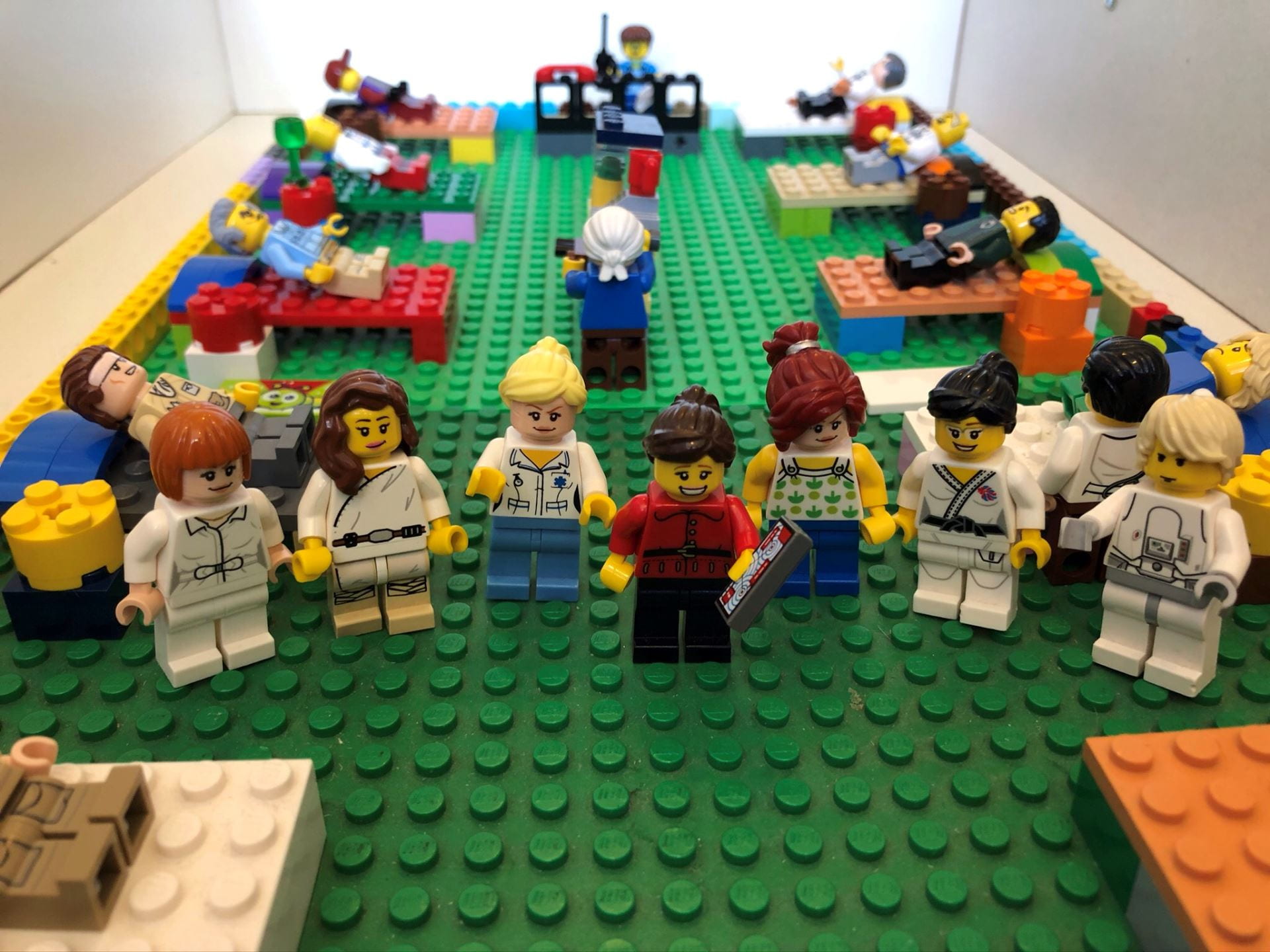This week’s piece is by Sally Stewart, Research Project Manager ECONI study and SHIP team member/PhD student.
The Evaluation of Cost of Nosocomial Infection (ECONI) investigated the cost and impact of Healthcare Associated Infection (HAI) or Nosocomial Infection (NI) to patients, the health service and the wider community. To meet this aim, the team developed a number of research questions: How many patients develop HAI during their hospital stay? How does HAI affect patients their length of stay in hospital? How does it make them feel? How much does this cost?1. The ECONI team are working to report the study findings right now.
The ECONI team in GCU appeared to be a small research study with only three WTE roles within the university but there were five Research Nurses (RNs) within the participating sites.
A team of RNs were recruited to collect surveillance data on each HAI that met the European Centre for Disease Control (ECDC) case definitions2, over the period of one year for the surveillance part of study and they recruited patients to a nested case control research study which asked patients to answer questionnaires while they were in hospital and one, three and six months after they had been discharged.
RNs are the face of the project, to both patients and clinical colleagues. They worked with clinical teams on busy wards to ensure that patients were approached at the best time for them and ensuring that they were well enough to take part. The RNs ensured the patients were happy to provide consent and understood what they are required to do as part of the study by answering any questions the patients or their families had about taking part.
Many research studies require RNs to approach patients when they are at their most unwell or vulnerable and ask them to take part in studies. There is a real skill and sensitivity required to approach patients and provide them with the information they need to make an informed decision under these circumstances.
When I visited as part of the site visits to discuss the study, the RNs were always saying hello to long stay patients who they saw regularly while visiting the wards and staff members asking about the study.
This role is a truly interdisciplinary one working with university based study managers to record any issues with the protocol, discussing database management with the data coordinator, working with the microbiology teams and the infection prevention and control teams (IPCT) to ensure that they have all the information on the microorganisms causing HAIs. Most importantly of all they were the bridge between the research aims and the patients themselves.
These roles are often an invisible role from the perspective of the academic research team but their contribution is critical in delivering the study outcomes. It was a great experience working with the RNs within our study sites and without them the ECONI study would not have been possible. I am happy to report that some of the team continue to work in infection control roles. I hope that this piece highlights the role of the RNs and acknowledges their contribution to our study.
I asked the RNs what they liked about their role in the ECONI study.
“I enjoyed both the clinical side of the job- meeting and interviewing patients and the non-clinical part; gathering data from clinical notes and lab results. It was great having a colleague (Norma) to work with day to day so we could discuss issues and share ideas”
“I found the role of great interest and was it an amazing learning opportunity for me as it was unlike any other studies that I had previously worked on. I enjoyed the multi-disciplinary aspect of how the study worked for example working more closely with microbiology as well as ward staff and doctors.”
“It was a great experience every day learning new names of the many different bacteria and the sensitivities relating to them and making decisions as to whether or not they met the definitions required to be included in the study. The E training for the job was excellent and the team camaraderie and support was amazing.”
“I liked being out and about in the Wards meeting patients and staff and explaining what ECONI was all about. I enjoyed working and learning from The Principle Investigator who was always willing to explain the finer details. Overall the role gave us the opportunity to explain the importance of research to our colleagues.”
The ECONI study has published a methods paper1 a review on estimating length of patient stay3, a review of the patients experience of HAI4 and are finalising the outcome paper of the study. We will let you know when these are available.
References
- Stewart S, Robertson C, Manoukian S, et al. How do we evaluate the cost of nosocomial infection? The ECONI protocol: an incidence study with nested case-control evaluating cost and quality of life. BMJ Open 2019; 9: e026687.
- European Centre for Disease Prevention and Control. Point prevalence survey of healthcare-associated infections and antimicrobial use in European acute care hospitals – protocol version 5.3. Stockholm: ECDC, 2016.
- Manoukian S, Stewart S, Dancer S, et al. Estimating excess length of stay due to healthcare-associated infections: a systematic review and meta-analysis of statistical methodology. J Hosp Infect 2018; 100: 222-35.
- Currie K, Melone L, Stewart S, et al. Understanding the patient experience of health care-associated infection: A qualitative systematic review. Am J Infect Control 2018; 46: 936-42.
To find out more about the SHIP team, head on to the GCU website, read the rest of our blogs and follow us on Twitter @SHIPGCU

